Mercedes AMG Sensor Calibration: Power vs Precision
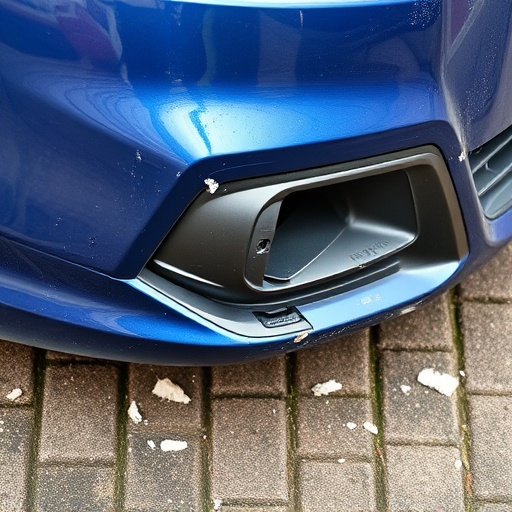
Mercedes glass sensor calibration is key to high-performance AMG vehicles. Advanced sensors influenc…….
Welcome to an in-depth exploration of a critical component shaping the future of automotive innovation—Mercedes glass sensor calibration. This cutting-edge technology is revolutionizing vehicle dynamics, safety, and driver experience, especially within the premium car segment represented by Mercedes-Benz. The article delves into the intricacies of this process, revealing its significance, global impact, technological underpinnings, and the challenges it faces. By the end, readers will grasp why calibration of glass sensors is not just a technical feat but a strategic imperative for automakers.
Definition:
Mercedes glass sensor calibration refers to the precise adjustment and configuration of sensors embedded within or around automotive glass components, such as windshields, side windows, and sunroofs. These sensors play a pivotal role in various advanced driver-assistance systems (ADAS) and autonomous driving functionalities.
Core Components:
Historical Context:
The concept of sensor calibration in automobiles is not new, but its sophistication and ubiquity in modern vehicles are relatively recent developments. Mercedes-Benz, known for its luxury and technological prowess, has been at the forefront of integrating advanced sensors into its vehicles’ glass structures. This evolution mirrors the broader automotive industry’s shift towards ADAS and autonomous driving, where precise sensor data is crucial.
Significance:
Calibrated glass sensors enable several essential functions:
Mercedes glass sensor calibration’s influence extends worldwide, with varying regional dynamics:
| Region | Market Dynamics | Key Trends |
|---|---|---|
| North America | High adoption rate of ADAS due to stringent safety regulations. | Increasing focus on level 4 and level 5 autonomous driving. |
| Europe | Strict safety norms and a mature luxury car market. | Growing demand for integrated sensor solutions in new vehicle models. |
| Asia-Pacific | Rapidly growing luxury car market, especially in China. | Early adopters of advanced technology, pushing the boundaries of sensor calibration. |
| Rest of World | Emerging markets with increasing affluence. | Rising interest in safety features, driving a need for precise sensor calibration. |
Regional variations in regulations and consumer preferences drive the demand for Mercedes glass sensor calibration, creating a dynamic global market.
The global automotive sensors market, including glass sensor calibration components, is projected to reach USD 42.8 billion by 2030, growing at a CAGR of 15.6% (Source: MarketWatch). This growth is primarily driven by the increasing adoption of ADAS and autonomous driving systems worldwide.
Automakers are heavily investing in research and development to integrate advanced sensors seamlessly into vehicle designs. Mercedes-Benz, for instance, has allocated significant resources to its ‘Case 2030’ strategy, aiming for 15% annual growth in electric and software-defined vehicles by 2030, all of which rely heavily on precise sensor calibration.
The economic implications are far-reaching:
The development of Mercedes glass sensor calibration is shaped by various policies and regulations:
These regulatory frameworks drive innovation by setting challenges and opportunities for automakers to meet safety, privacy, and performance standards.
The Mercedes-Benz EQS, an all-electric flagship sedan, showcases the pinnacle of glass sensor calibration. Its advanced driver assistance system (ADAS) includes:
This integration of glass sensors into the EQS exemplifies Mercedes’ commitment to precision calibration and its impact on luxury vehicle dynamics.
While not exclusively dependent on glass sensors, Tesla’s Autopilot system highlights the potential of sensor fusion. It utilizes a combination of cameras, radar, and ultrasonic sensors, including some mounted on the windshield, to enable features like:
Tesla’s approach has accelerated the industry’s adoption of ADAS, putting pressure on traditional automakers to innovate and calibrate their sensor systems.
The future of Mercedes glass sensor calibration is promising, shaped by emerging technologies and evolving market demands:
Mercedes glass sensor calibration is not merely a technical advancement; it is a catalyst for innovation across the automotive industry. Its global impact, economic implications, and technological potential are reshaping how vehicles interact with drivers, passengers, and their surroundings. As challenges are addressed through robust engineering and ethical considerations, this technology will continue to play a pivotal role in the evolution of autonomous driving and advanced safety systems.
Q: How do glass sensors differ from traditional vehicle sensors?
A: Glass sensors, specifically designed for automotive glass components, offer enhanced penetration and sensitivity compared to traditional sensors. They are optimized for detecting obstacles through various types of glass without the need for additional fixtures or modifications.
Q: What role does machine learning play in sensor calibration?
A: Machine learning algorithms analyze vast amounts of data from sensors, improving their ability to recognize patterns and adapt to changing conditions. This enhances accuracy and efficiency in real-world scenarios, enabling more reliable ADAS and autonomous driving systems.
Q: Can glass sensor calibration improve fuel efficiency?
A: Absolutely! Precise sensor data enables more efficient vehicle control, optimizing acceleration, braking, and steering for reduced fuel consumption. Additionally, features like adaptive cruise control contribute to smoother driving, further enhancing fuel economy.
Q: How do sensors handle extreme weather conditions?
A: Advanced calibration algorithms account for environmental factors like temperature, rain, or snow. These adaptations ensure consistent sensor performance, even in challenging weather, by adjusting sensitivity and processing parameters accordingly.
Q: Are there any security risks associated with glass sensors?
A: While powerful, glass sensors are susceptible to cyberattacks if not properly secured. Protecting data transmission and access to control systems is crucial. Automakers invest heavily in cybersecurity measures to safeguard vehicles from potential digital threats.

Mercedes glass sensor calibration is key to high-performance AMG vehicles. Advanced sensors influenc…….
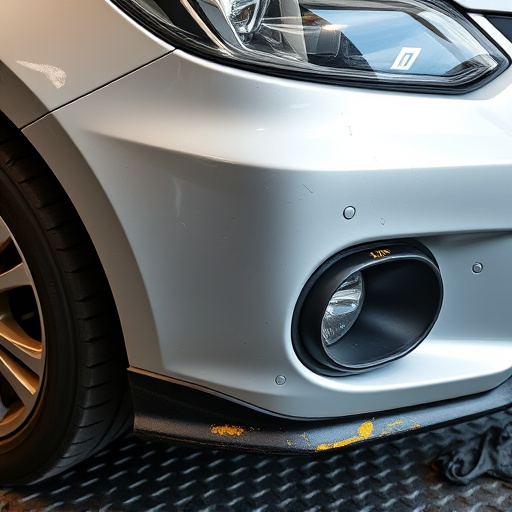
Mercedes glass sensor calibration is vital for maintaining vehicle safety and performance, especiall…….
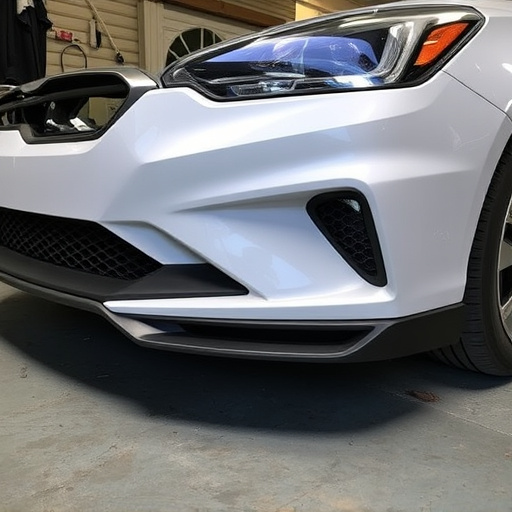
Mercedes glass sensor calibration is overlooked until issues arise, such as inaccurate readings or f…….
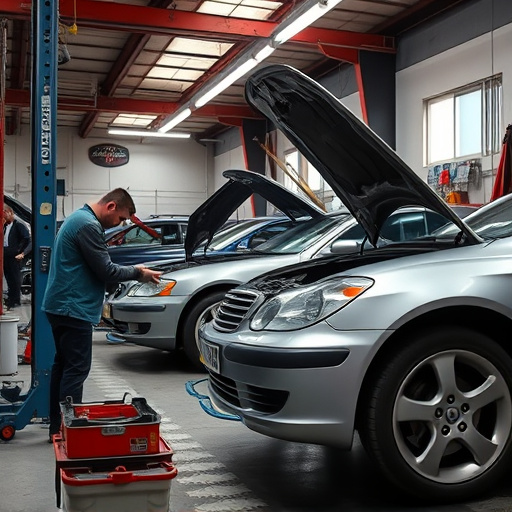
Mercedes glass sensor calibration is a critical process for ensuring precise readings and peak perfo…….

Mercedes glass sensor calibration is vital for vehicle safety and efficiency, enabling features like…….

Mercedes glass sensor calibration requires meticulous training for technicians to ensure safety and…….

Mercedes glass sensor calibration is vital for window and sunroof safety and functionality. Malfunct…….
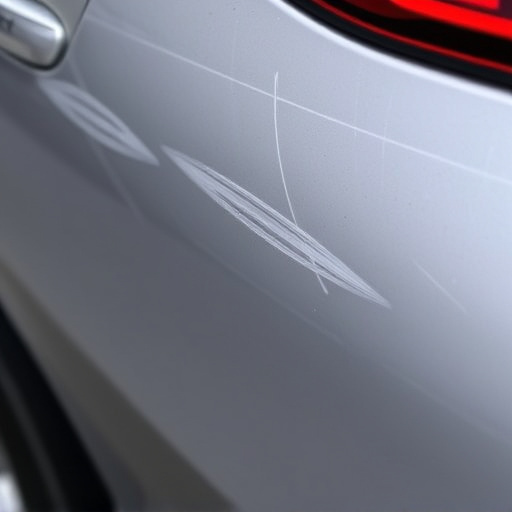
Mercedes glass sensor calibration is crucial for maintaining advanced driver-assistance systems (ADA…….

Mercedes glass sensor calibration is essential for vehicle safety and performance. Regular calibrati…….

Mercedes glass sensor calibration requires controlled temperature environments due to extreme weathe…….